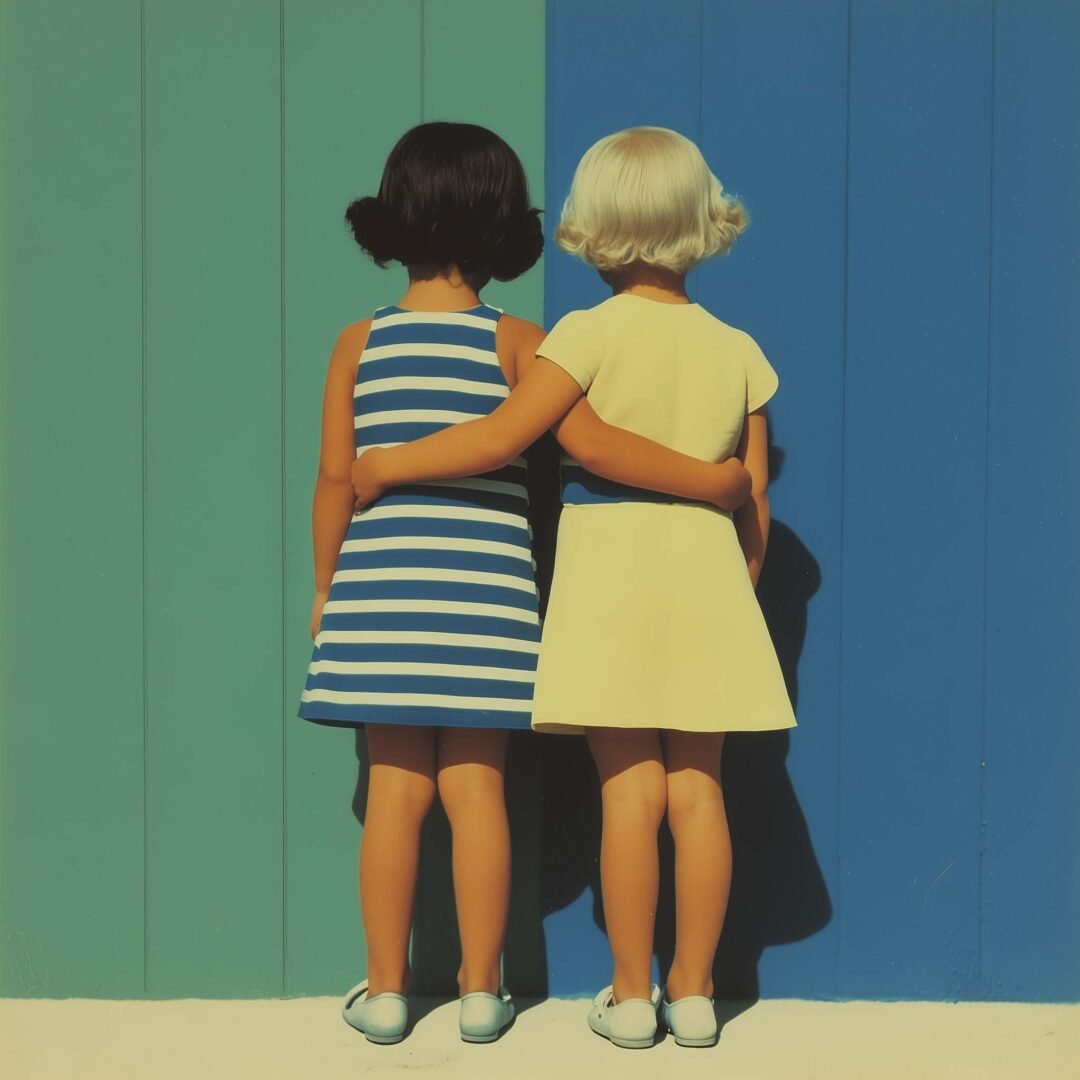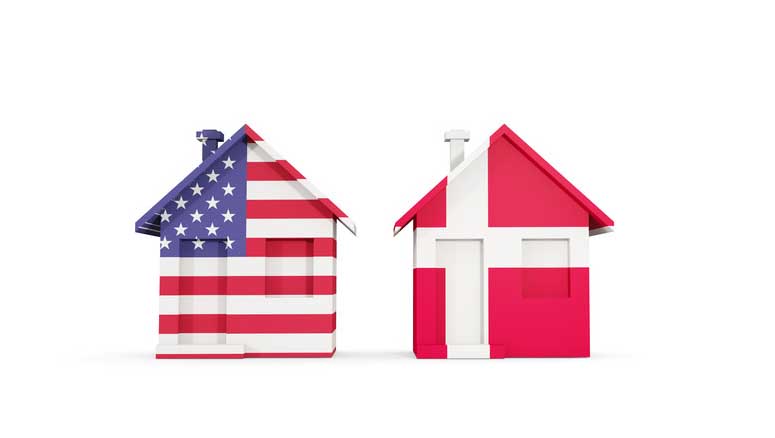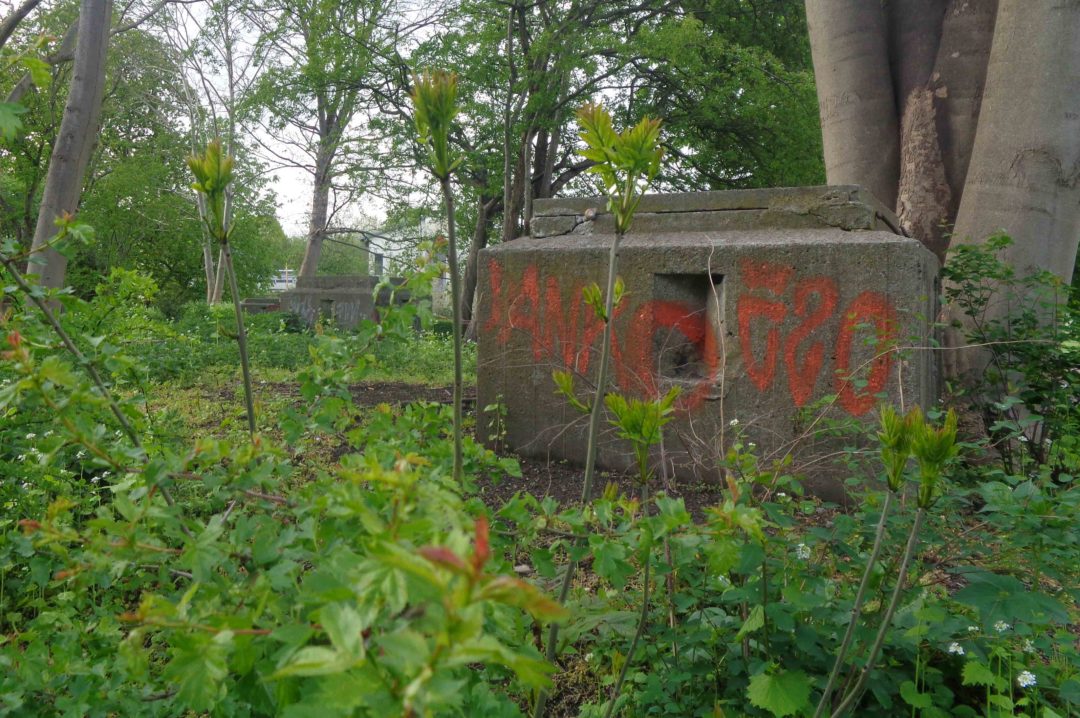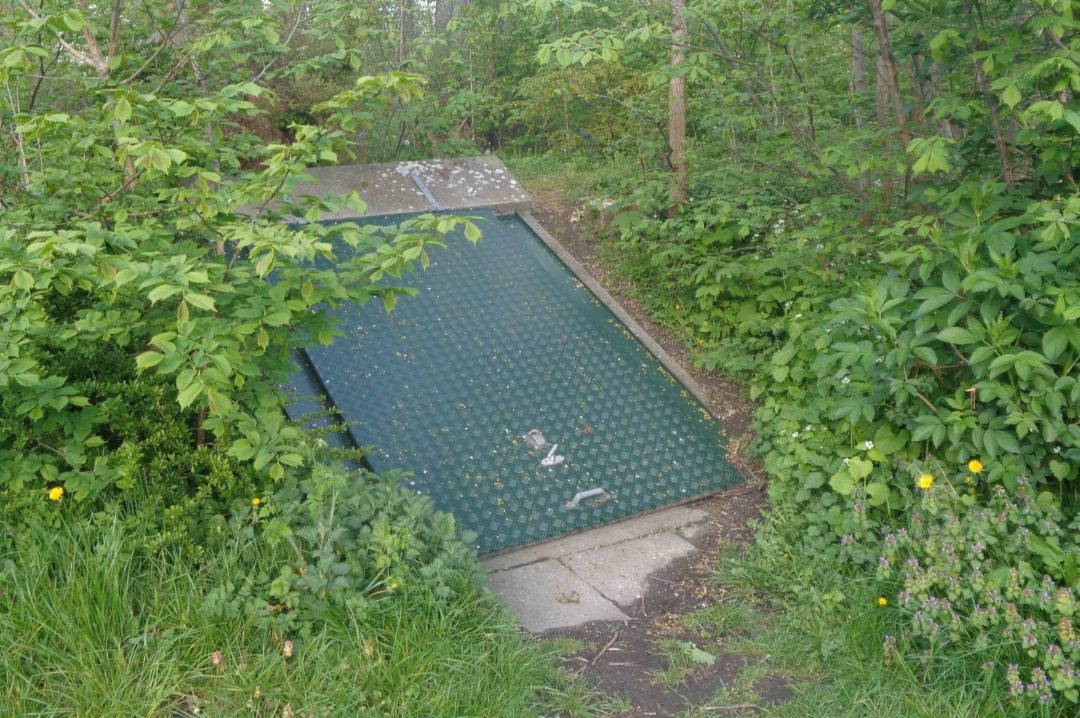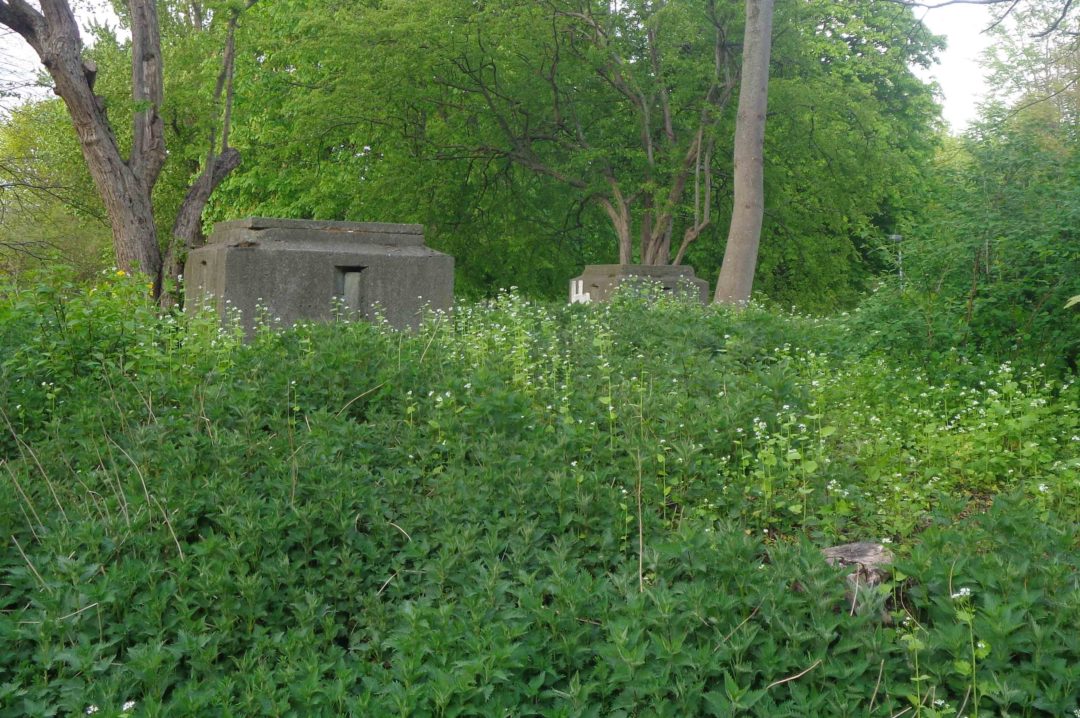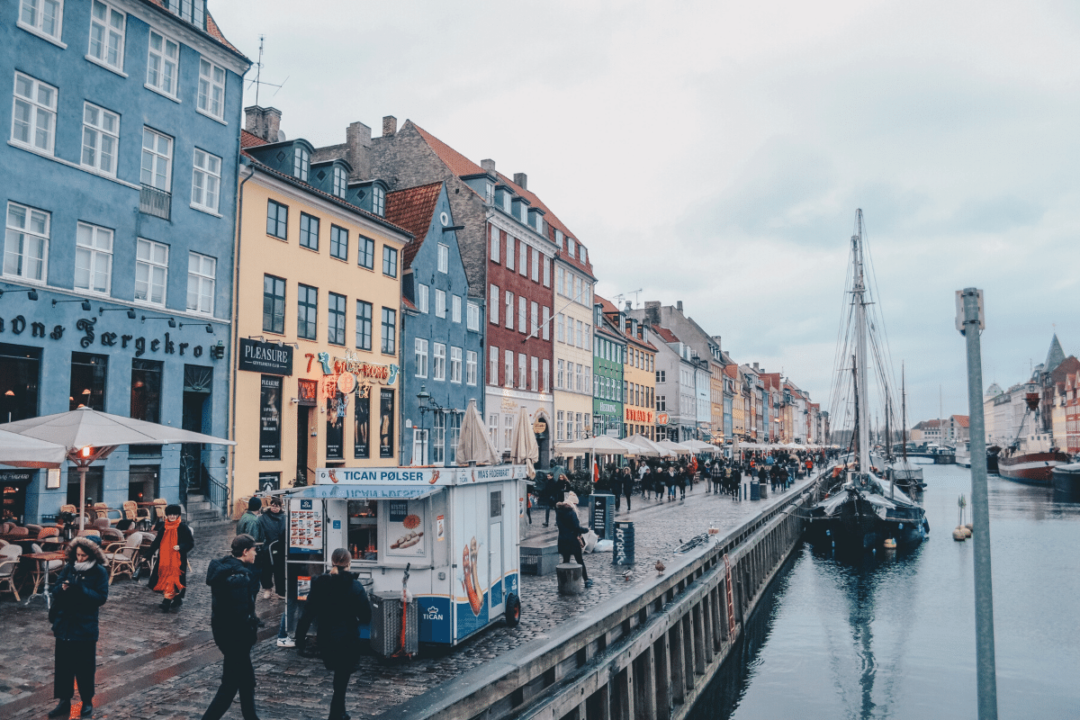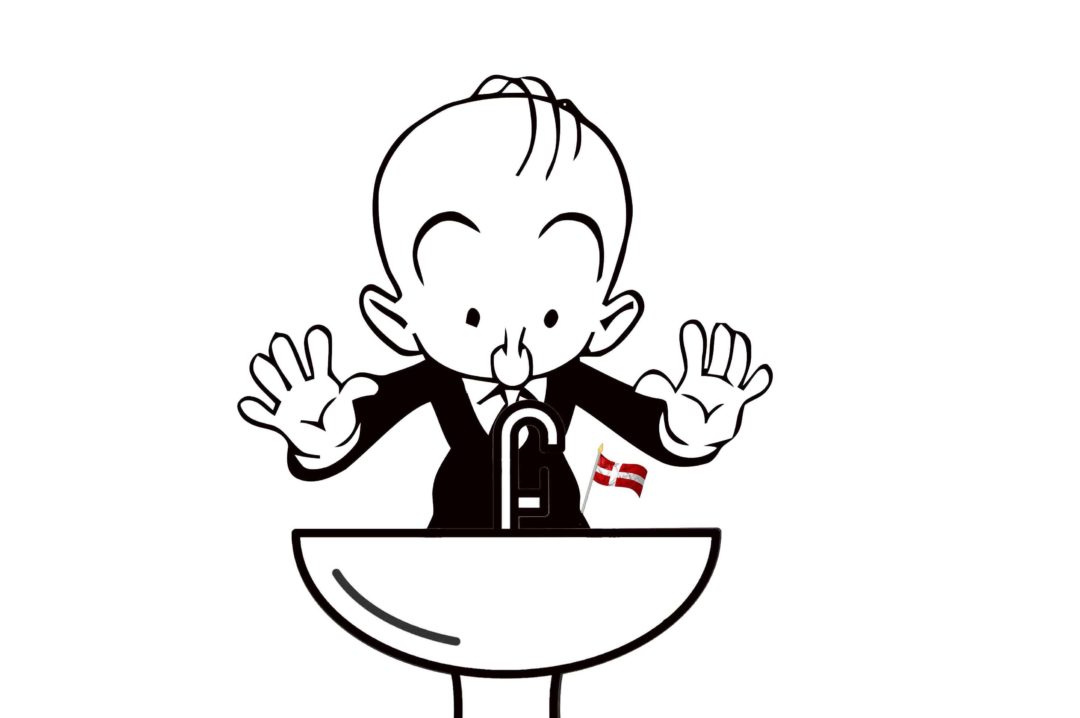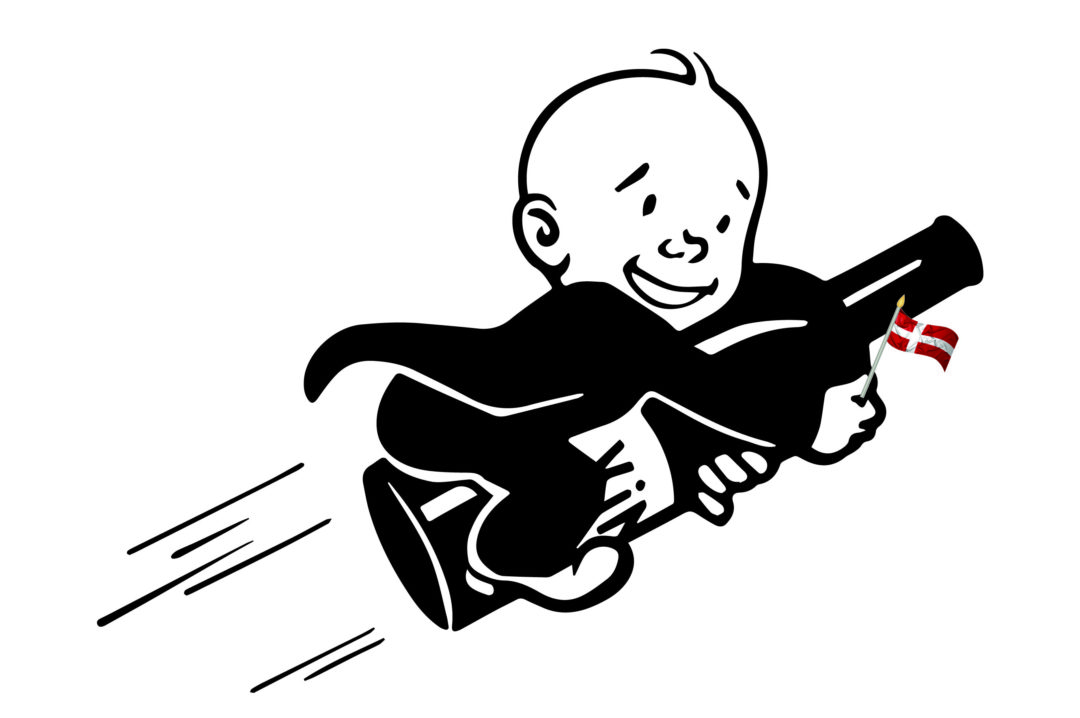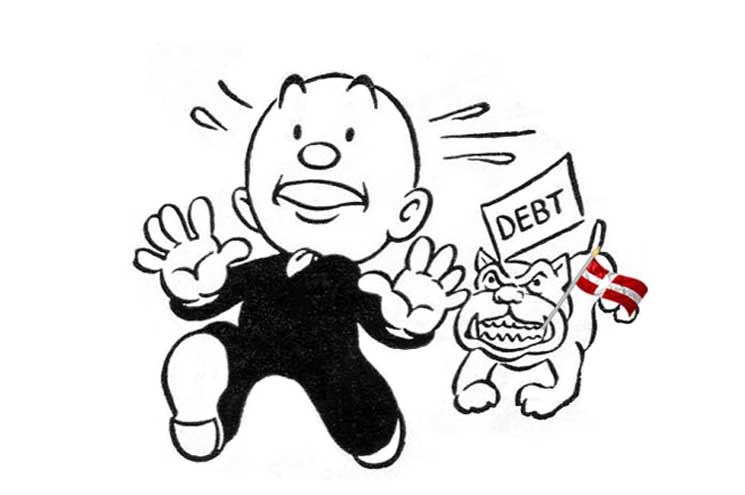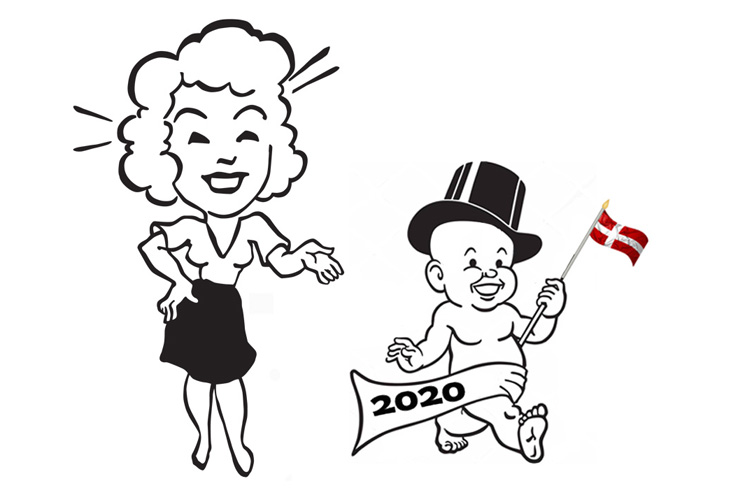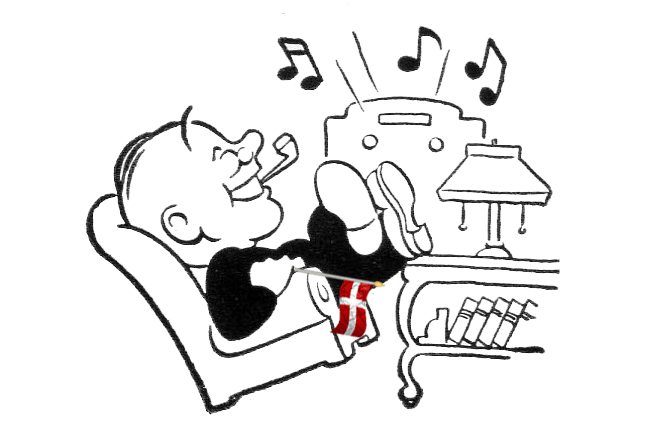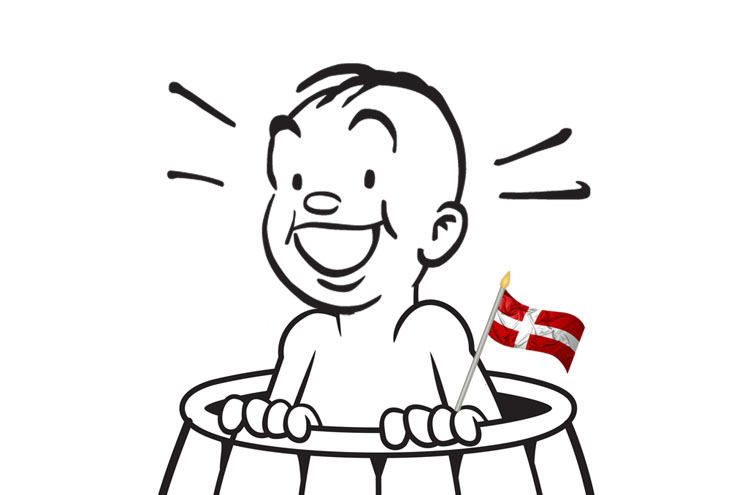I’ve referred to “The Danish Year” before on How to Live in Denmark. It’s a series of events that are simply expected to happen every year in Denmark, even if they aren’t formal holidays. In 2025 I’m going to try to do a podcast every month about aspects of the Danish year, and how they fit into the overall context of where Denmark is coming from, and where it’s going.
August in Denmark is the beginning of fall. The summer strawberries disappear from the supermarket, the leaves start to turn brown on the trees, and the primary schools open again, after their usual brief six-week summer vacation.
This month some young Danes will be starting school for the very first time. They’re usually welcomed with a ceremony that includes Danish flags, speeches, and songs, and their parents, who take a lot of photos of the first day of school.
This was something I unfortunately didn’t know when my own daughter had her first day of school in Denmark. She’d already been going to playground classes there, so on the first official academic day I just dropped her off at school as if it were an ordinary day, and there nobody there to take her picture.
Such is being a foreigner and not knowing the local customs. She still brings it up to this day.

